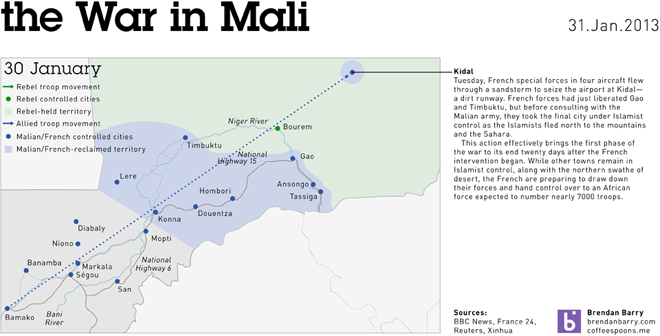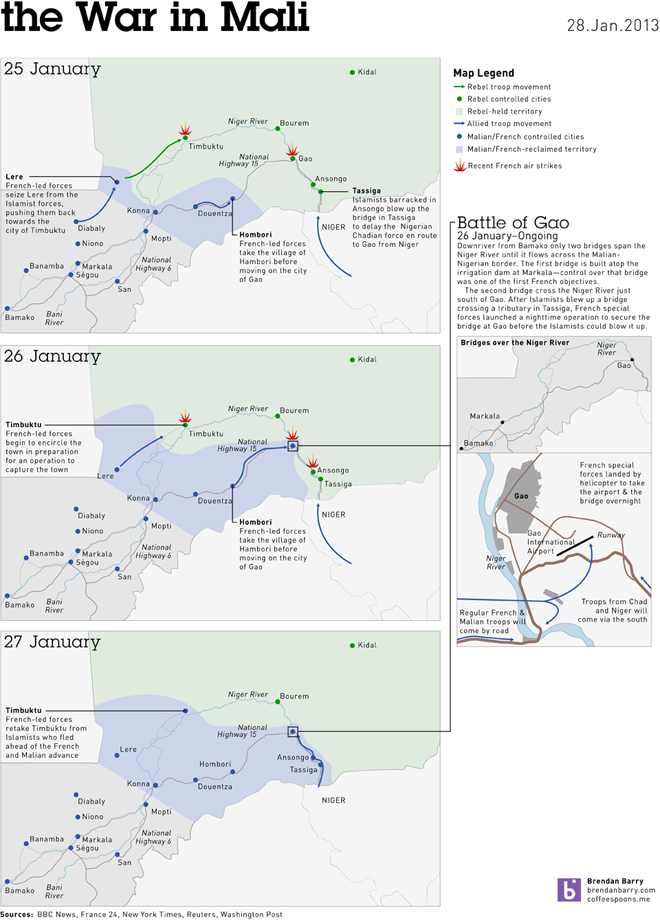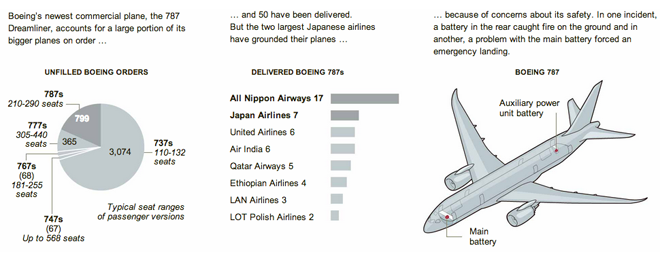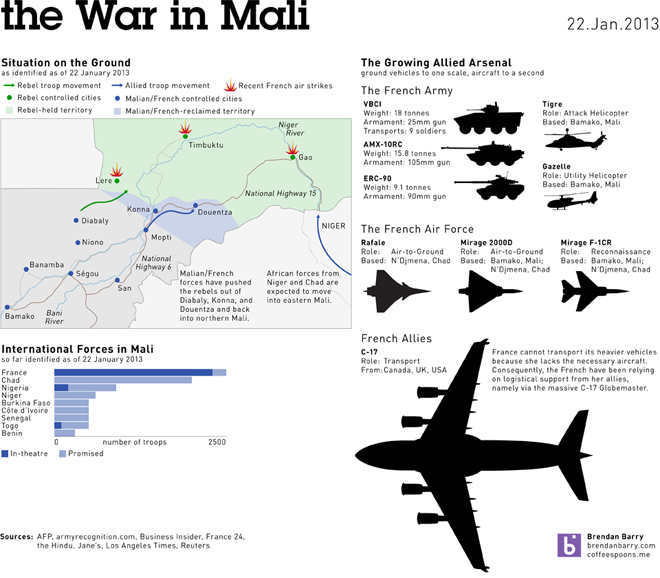If you didn’t know, the Super Bowl is Sunday. I admit, I forgot it was this Sunday. But you probably know that’s because I’m more of a baseball guy, specifically a Red Sox guy. Prior to forgetting I had been looking for a nice infographic on either the 49ers or the Ravens, the two teams involved. I forgot because I didn’t find any. Until this morning.
It’s not very large, nor very detailed, but it’s about football. And it’s about the 49ers. So it meets my requirements.

Photograph by Stephen Dunn/Getty Images.
Full disclaimer, despite being a Red Sox fan from Philly, I’m an Eagles fan. So I could care less who wins this match on Sunday.












